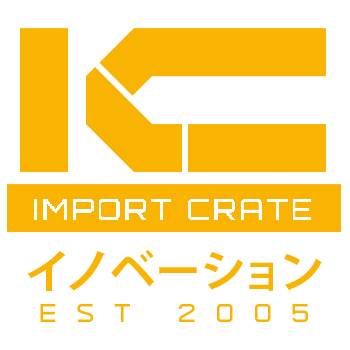The Real Story Behind CrateOnScene
Share
CrateOnScene didn’t begin with a big idea. It began with a pattern—one that kept showing up every time we vended at a car show.
Some events were smooth. Vendor packets came in early. Booth assignments were clear. Parking instructions were already sent. The organizers felt prepared, and so did we. Other times, it was the opposite. Late-night messages, missing maps, day-of confusion. That contrast stuck with me.
I remember one event in particular. Vendors were given access to an admin portal where everything was available in one place—load-in instructions, venue maps, booth numbers, parking details. It was seamless. I literally said to myself, “This person must have an IT background.” Not because the tools were fancy—but because the process was thoughtful. Efficient.
I started documenting moments like that. What worked. What didn’t. Not just as a vendor, but as someone embedded in the scene. I wasn’t planning to build anything. I just wanted to understand why some shows ran better than others.
Over time, that documentation grew into a clearer picture. It became obvious that organizers, car registrants, attendees, and vendors all face different pain points—and there wasn’t one tool built specifically for them. What existed was mostly content platforms: social feeds, event lists, or general directories. And while those have their place, I knew from experience they weren’t solving the actual workflow challenges that happen before, during, and after a meet.
My background played a role here. Before Import Crate, I spent ten years working in the insurance software space. We built tools for agents, MGAs, and insureds to run their business—the entire operation. That experience shaped how I think about software. Not as a social product, but as an operational tool.
So when it came time to envision CrateOnScene, I didn’t see it as a platform to scroll through. I saw it as a tool to run the scene. A solution designed for function, not distraction.
Then one night, something clicked.
It was a regular Saturday. I opened Netflix, and that big featured carousel caught my attention. Instantly, I thought: What if car meets felt like this? What if you could browse events the same way you browse trailers? Something about the simplicity of that UI made me rethink how we surface events.
We added it to the design.
And that’s how most of CrateOnScene came together. Slowly. Observationally. Not from one "aha" moment, but from many small insights collected over years of being in the scene, working the booths, dealing with real logistics.
Some of our best features weren’t even in the original concept. They came mid-process, from real-world habits and feedback. And that’s how we’ll continue building—with intent, with input, and always with the people who actually use it in mind.
CrateOnScene wasn’t built to disrupt. It was built to function. It’s not a clone. It’s not hype. It’s a tool for people who make meets happen.
